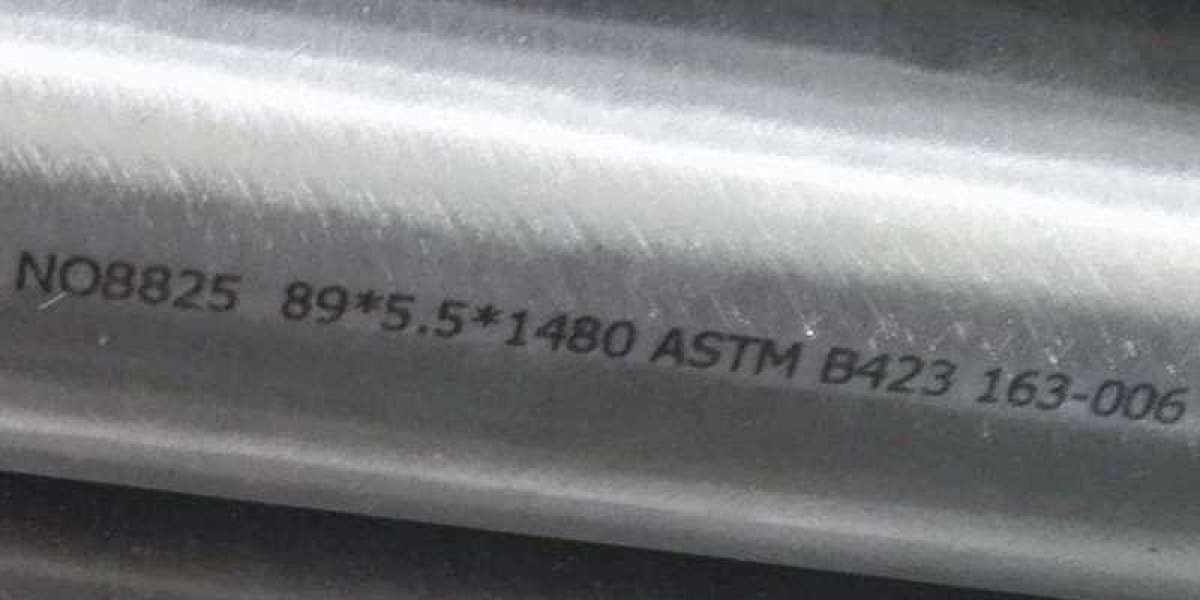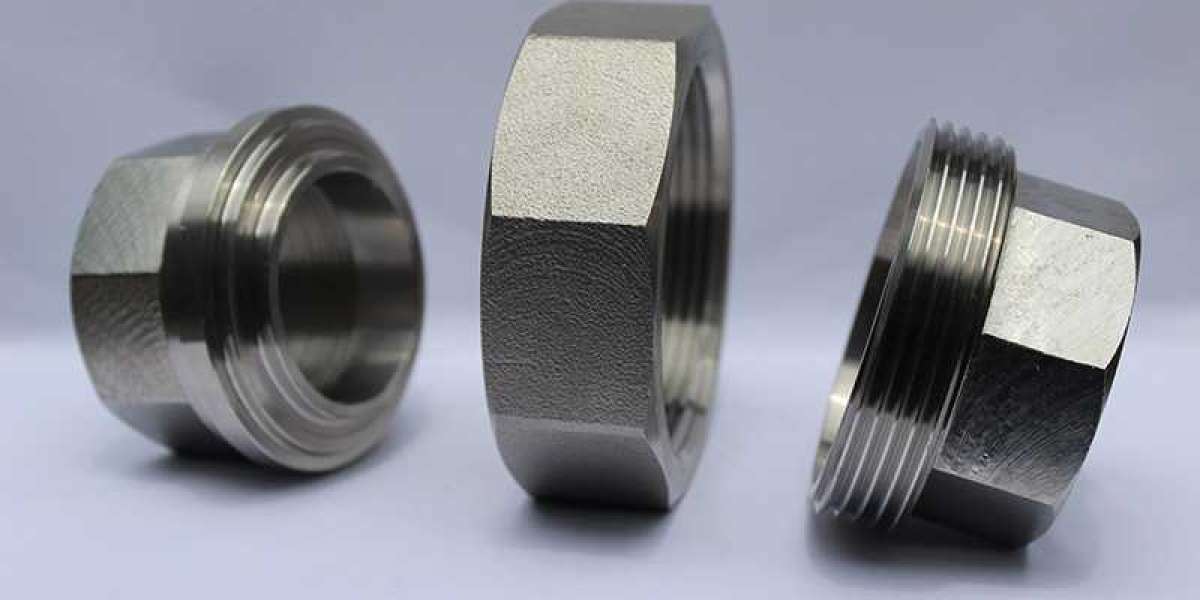1. Overview of stainless steel round pipe welding technology
Stainless steel round pipes are widely used in many fields such as construction, machinery manufacturing, chemical industry, and food processing due to their strong corrosion resistance, high strength, and beautiful and durable appearance. As a key process for connecting stainless steel round pipes, the selection and application of welding technology directly affects the quality and performance of components.
At present, there are many types of welding technologies suitable for stainless steel round pipes, and the following are common ones:
Argon arc welding: This is one of the more commonly used technologies in stainless steel round pipe welding. It uses argon as a protective gas, which can effectively isolate the harmful effects of oxygen and nitrogen in the air on the weld, making the welding process stable, the weld formation beautiful, and the welding quality high. It is suitable for welding thin-walled stainless steel round pipes.
Plasma arc welding: Using plasma arc as a heat source, it has high energy density, fast welding speed, large weld penetration, narrow heat-affected zone, and small welding deformation. It can be used for welding thicker-walled stainless steel round pipes, especially in situations where high-quality welds are required.
Laser welding: It has the characteristics of concentrated energy, fast welding speed, extremely small heat-affected zone, high weld precision and high strength. It can realize the precision welding of stainless steel round tubes and is suitable for high-end fields with extremely high requirements for welding quality and appearance.
Resistance welding: The resistance heat generated by the current passing through the weldment melts the parent metal, and then applies pressure to connect the weldment. This technology has high production efficiency and is easy to automate. It is often used for mass production of stainless steel round tube welding, such as the welding of some standard parts.
2. Factors affecting the strength of stainless steel round tube joints
The strength of stainless steel round tube welding joints is an important indicator for measuring welding quality, which is affected by a variety of factors.
Welding technical parameters: Different welding technologies have their own key parameters, such as welding current, arc voltage, welding speed, argon gas flow rate, etc. of argon arc welding. If the welding current is too large, the weld may be overheated, the grains are coarse, and the joint strength is reduced; if the current is too small, defects such as incomplete penetration may occur, which also affects the strength. The arc voltage and welding speed must also be reasonably matched to ensure that the weld has a suitable depth and width of penetration and form a good weld structure.
Welding materials: The composition and properties of the selected welding materials such as welding wire and welding rod must match the base material of the stainless steel round tube. If the alloy element content of the welding material is greatly different from that of the base material, undesirable structures such as brittle martensitic structures may be formed in the weld, thereby reducing the strength and toughness of the joint.
Joint form: There are many joint forms for stainless steel round tubes, such as butt joints, corner joints, lap joints, etc. Different joint forms have different stress states. Butt joints are more evenly stressed and usually have higher joint strengths; while lap joints have stress concentration and relatively low joint strengths. In addition, the groove form and size of the joint will also affect the welding quality and joint strength. The appropriate groove can ensure that the root of the weld is fully penetrated and reduce welding defects.
Weldment surface state: Impurities such as oil, rust, and oxide film on the surface of the weld will affect the stability of the welding process and the quality of the weld. If the surface is not cleaned thoroughly, these impurities may enter the weld during the welding process, forming defects such as pores and slag inclusions, reducing the strength of the joint.
Welding process sequence: A reasonable welding process sequence can reduce welding stress and deformation, thereby improving joint strength. For example, when welding multiple welds, a reasonable welding sequence can make the welding stress distribution more uniform and avoid cracking of the joint due to stress concentration.
3. Measures to improve the strength of stainless steel round pipe joints
In order to improve the strength of stainless steel round pipe welded joints, measures can be taken from the following aspects:
Reasonable selection of welding technology and parameters: Select appropriate welding technology according to the material, wall thickness, welding position and use requirements of the stainless steel round pipe. At the same time, through tests and process evaluation, determine the best welding parameters, such as welding current, voltage, speed, gas flow, etc., to ensure the quality of the weld and the strength of the joint.
Select high-quality welding materials: Strictly according to the composition and properties of the parent material, select high-quality welding materials that match the parent material to ensure that the metallurgical properties and mechanical properties of the welding materials meet the requirements.
Optimize joint design: Select the appropriate joint form and groove size according to the stress conditions and structural characteristics of the weldment. Try to use butt joints to reduce stress concentration; reasonably design the groove to ensure that the root of the weld is fully penetrated, and avoid excessive consumption of welding materials and increased welding deformation due to excessive groove.
Clean the surface of the weldment: Before welding, thoroughly clean the oil, rust, oxide film and other impurities on the surface of the weldment. Mechanical cleaning, chemical cleaning and other methods can be used to ensure that the surface of the weldment is clean and tidy, creating good conditions for the welding process.
Control the heat input during welding: Welding heat input is an important factor affecting the structure and performance of the weld. Excessive heat input will make the grains of the weld and heat-affected zone coarse, reduce the strength and toughness of the joint; too low heat input may lead to defects such as incomplete penetration. Therefore, during the welding process, the heat input should be reasonably controlled by controlling parameters such as welding current, voltage and welding speed to obtain good weld structure and performance.
Perform post-weld treatment: For some weldments with high joint strength requirements, post-weld heat treatment, such as annealing and normalizing, can be performed to eliminate welding stress, improve the structure of the weld and heat-affected zone, and improve the strength and toughness of the joint. In addition, the weld can also be surface treated, such as grinding and polishing, to remove defects and uneven parts on the weld surface and improve the appearance quality and corrosion resistance of the weld.
The research on welding technology and joint strength of is a complex and important task, involving the selection of welding technology, optimization of welding parameters, selection of welding materials, joint design, surface cleaning of welds, welding process control and post-weld treatment. Through in-depth research and reasonable application of these technologies and measures, the strength and quality of stainless steel round pipe welded joints can be effectively improved to meet the performance requirements of stainless steel round pipe components in different fields. With the continuous development and innovation of welding technology, it is believed that more efficient and high-quality welding technologies will be applied to the welding production of stainless steel round pipes in the future, further promoting the widespread application of stainless steel materials in various industries.














